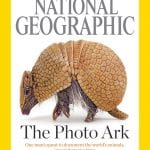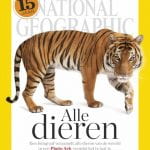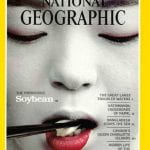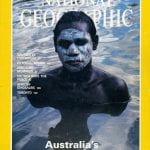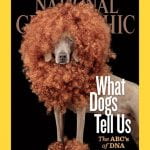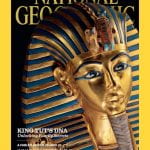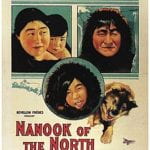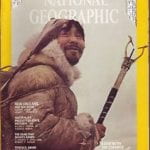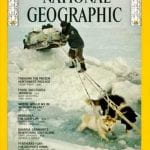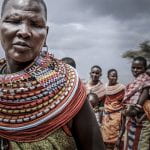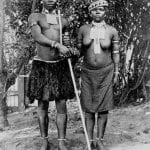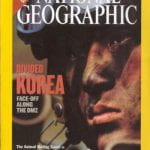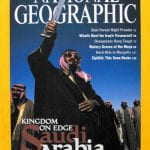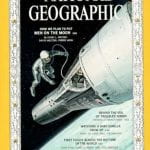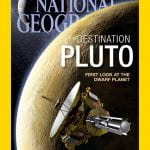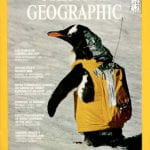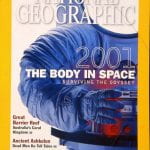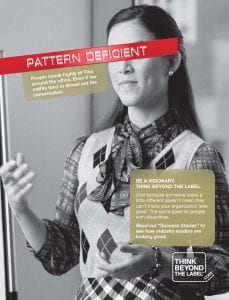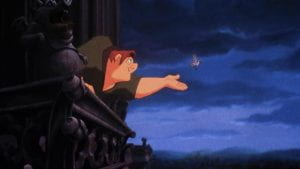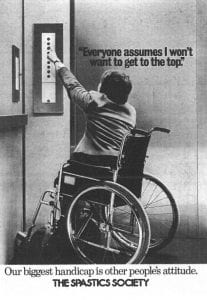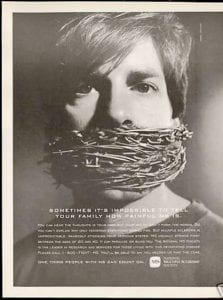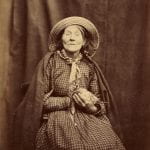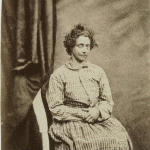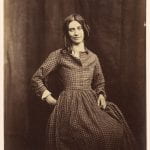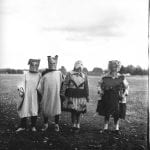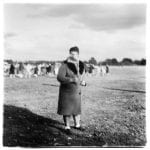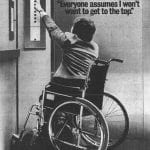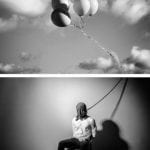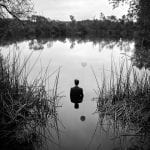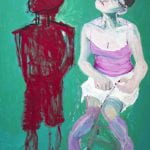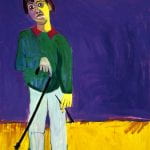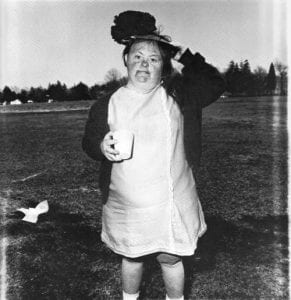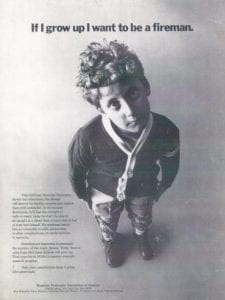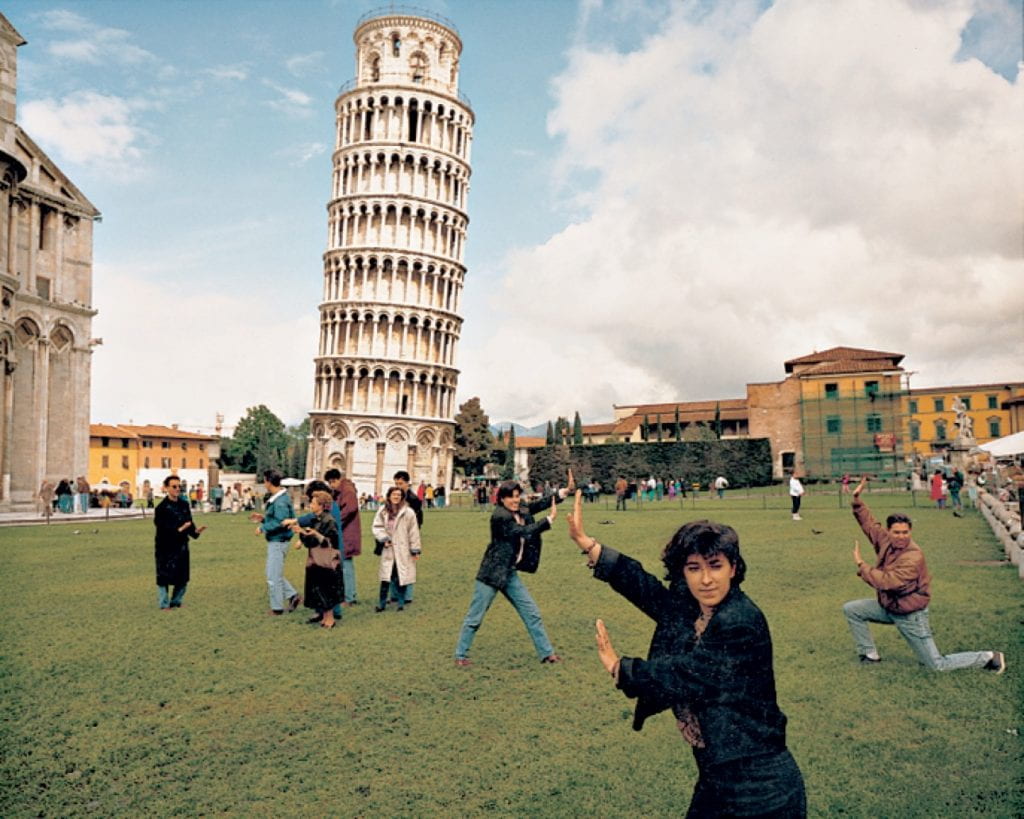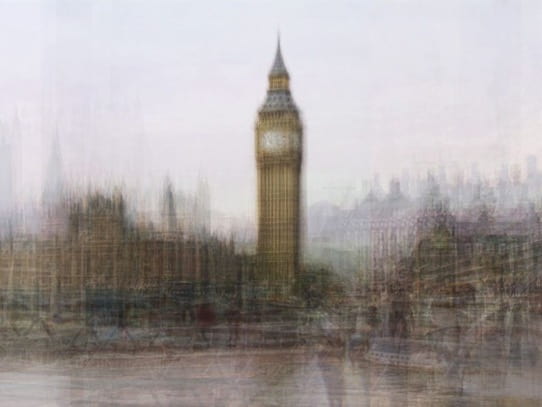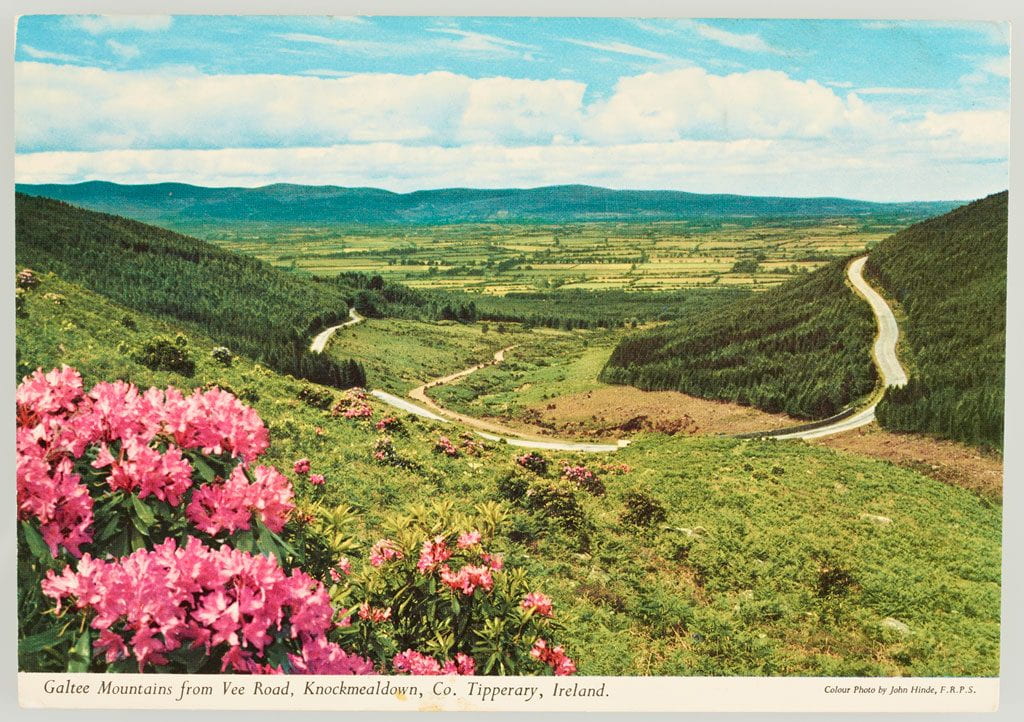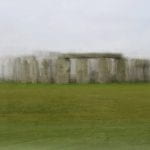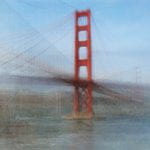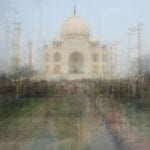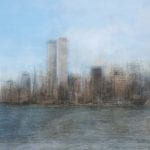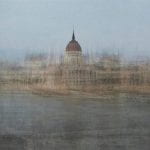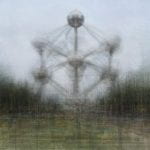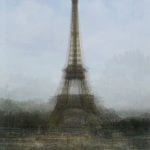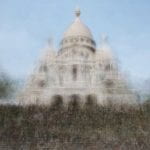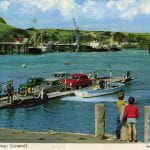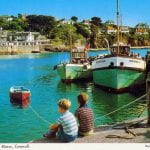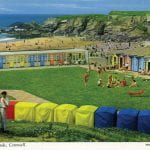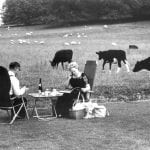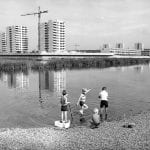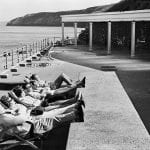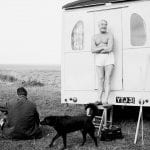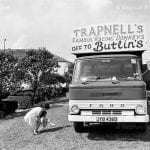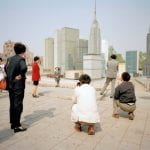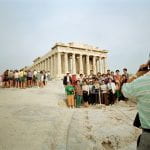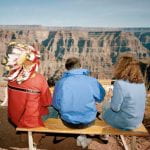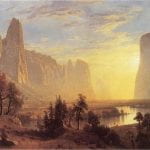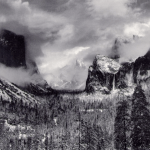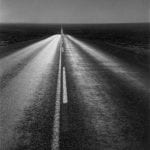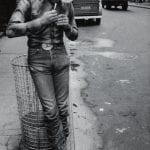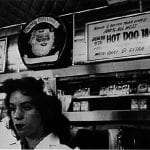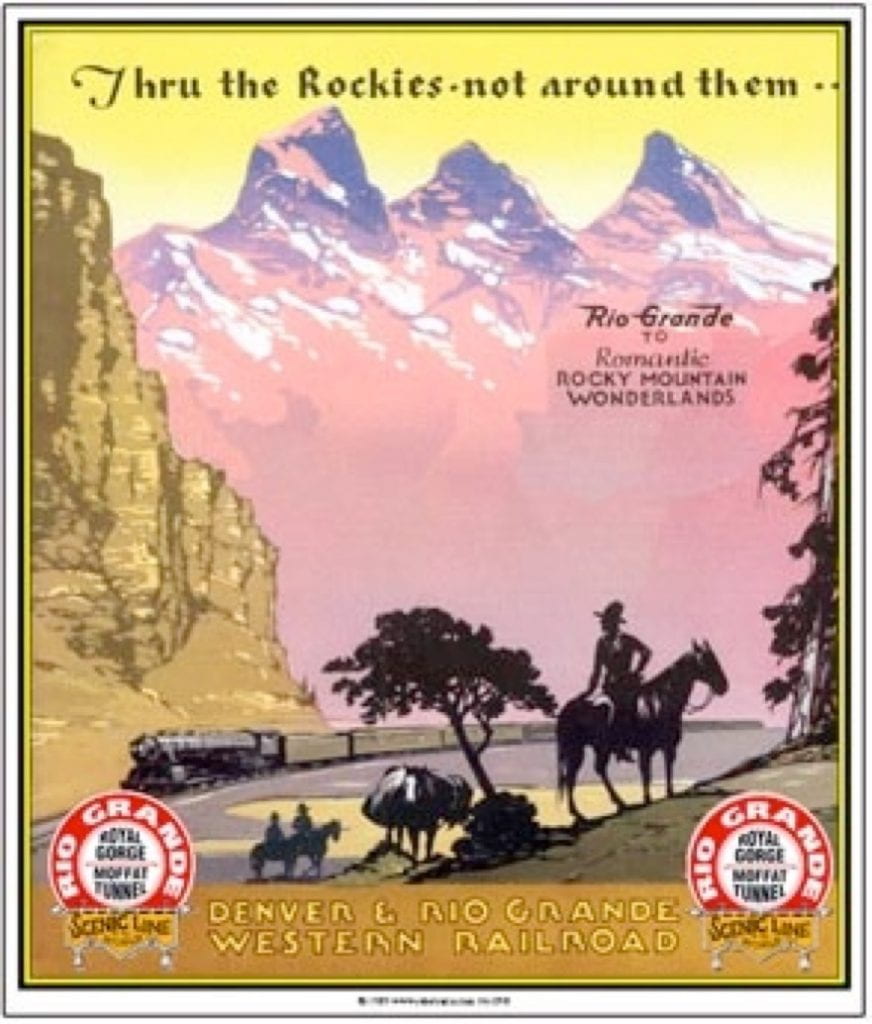‘And when I am formulated, sprawling on a pin’
(T.S. Eliot, The Love Song of J. Alfred Prufrock, 1915)
‘A magazine can open peoples eyes at the same time it closes them’ (Mason in Goldberg, 2018, p.8)
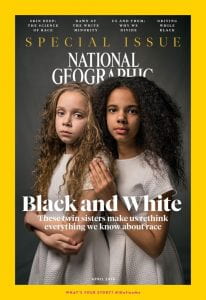
In April 2018, National Geographic reflected on thier representations of race and indigenous / non-Western people. This session aims for participants to interrogate racial / objectifying / mythological stereotypes that the magazine / visual culture might project, and to take a more critically reflective approach to such representations. It is appropriate to be used as a more theoretical / case study presentation based session or could have an associated visual response regarding the nature of visual stereotyping as it ‘becomes’ fact.
‘The photographer is super tourist, an extension of the anthropologist, visiting natives and bringing back news of their exotic doings and strange gear’ (Sontag, 1977, p.42)
this session could be run in conjunction with:
Aims & Outcomes:
- To investigate the ethics of the representation of racial difference in visual culture
- To reflect on positive / negative / stereotypical representations and consider the impact of these
- To consider the percieved ‘truth’ of such representations
- Participant Outcome: Research and identify 2 positive / truthful representations and 2 negative / sterotypical representations of people of colour
1: Presentation Ideas: 19th century / 21st century?
‘Every empire tells itself and the world that it is unlike all other empires, that its mission is not to plunder and control but to educate and liberate. These ideas are by no means shared by the people who inhabit that empire’ (Said, 2003)


The content of images may seem natural. But representational and interpretive processes are cultural in that they are anchored in aesthetic conventions. Photographs substitute for direct encounter; they act as surrogates, mediating that which was seen through the camera viewfinder’ (Wells, 2011, p.6)
Photographs are ubiquitous. We devour them daily and perhaps we do ignore the way they act as surrogates for our understanding and knowledge of the world. Since the first issue of National Geographic was published in 1888, it has provided a powerful yellow bordered window on a world beyond our reach. Yet, perhaps, it is more of a mirror, and at that, one which only reflects ourselves. The West. On the the 100th anniversary of the publication its editor positioned the magazine in an inherently (and uniquely) truthful context – ‘These covers mark a century of holding up to the world our uniquely objective publishing mirror’ (Garrett, 1988, p.270). is it really unique? is it really objective? indeed, can any photograph claim such veracity? Despite the popularity of National Geographic, and the respect it still seems to attract, Grundberg (1988) and Mason (2018) take less optimistic views, that it doesn’t show us anything new.
Does it merely recycle and reproduce a colonial gaze – merely reflecting already known stereotypes of The Other. Does our Western gaze still remain rooted in 19th Century tradiion?
‘Besides presenting our culture’s attitudes and preconceptions as if they were universal, or even nonexistent, the photography of the National Geographic produces a pictorial iconography that tends to reduce experience to a simple, common denominator (Grundberg, 1988)
Preparation Work:
- Ask partticipants to read Andy Grundberg (1988) ‘A Quintessentially American View of the World’ in The New York Times (18th September 1988) available here
- Ask participants to read Susan Goldberg (2018) ‘For Decades Our Coverage Was Racist. To Rise above Our Past, We Must Acknowledge It ’ in National Geographic (April 2018) available here
- Ask partticipants to read Kianaz Amaria (2018) ‘National Georgaphic’s November Cover Falls Back On Racist Cliches’ in Vox (18th November 2018) available here
2: Presentation Ideas: The survival of the stereotype?
‘If photography is perceived as reality, then modes of representations will themselves enhance that reality, in other words the photograph is perceived as ‘real’ and ‘true’ because that is what the viewer expects to see: this is how it should be, becomes this is how it is / was’ (Edwards, 1992, p.8)
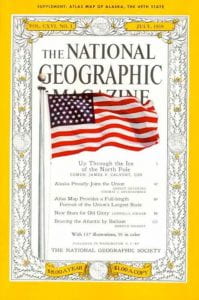
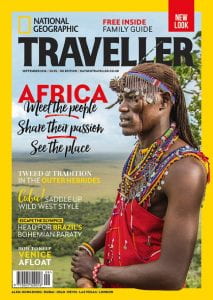
‘From the beginning of Western speculation about the Orient, the one thing the Orient could not do was to represent itself. Evidence of the Orient was credible only after it had passed through and been made firm by the refining fire of the Orientalist’s work’ (Said, 1978, p.283)
In 1915, National Geographic’s official policy statement was threefold; (in Lutz & Collins, 1993, p.26)
- ‘Absolute accuracy’
- ‘Beautiful, informative and artistic illustrations’
- ‘Nothing of a partisan or controversial character is printed’
There was no acknowledgement of a potential inconsistency between these aims – such as a tension between accuracy and aesthetics – an approach which is so easily recognised in contemporary photographic practice today – and often used very successfully to create contemplation / action in the viewer. Clearly not, in the case of National Geographic. In 2012, thier position had not changed: ‘Only what is of a kindly nature is printed about any country or people, everything unpleasant or unduly critical being avoided’ (Foster, 2012, p.2). In November 2018, only 6 months after thier public ‘apology’ in The Race Issue (April 2018) their cover / Instagram coverage maintained these colonial myths – in thier representation of The Cowboy / Native Americans – and this was even within thier own shores.
Is National Geographic still replicating a Western (or even white American) worldview? Think about Western ideas of Africa, North Korea, Columbia, Saudi Arabia. Does National Geographic merely reproduce what we already think we know?
‘The myth transforms history into nature’ (Barthes, 1972, p.154)
Preparation Work:
- Ask partticipants to brainstorm some stereotypes of different countries and people
- Find 2 visual examples which perpetuate these stereotypes (photographs, films, adverts, painting etc)
- Find 2 examples which present a more truthful / positive view or less stereotypical viewpoint
3: Presentation Ideas: A (visually) superior simulation?
‘We are moving towards a culture of simulation in which people are increasingly comfortable with substituting representations of reality for the real’ (Turkle, 1996, p.23)
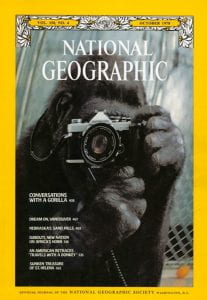
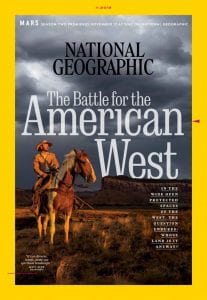
‘Animals are anthropomorphized shamelessly…National Geographic seems less involved in conveying information about its subject, than in being perceived pictorially’ (Grundberg, 1988)
‘The simulacrum is never that which conceals the truth, it is the truth which conceals that there is none. The simulacrum is true’ (Baudrillard, 1994, p.1)
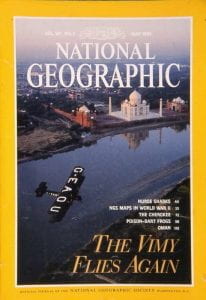
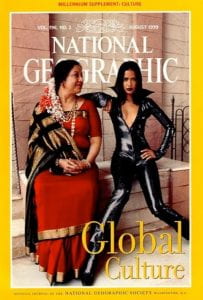
‘The colonized is elevated above his jungle status in proportion to his adoption of the mother country’s cultural standards. He becomes whiter as he renounces his blackness, his jungle. (Fanon, 1986, p.18)
It is clear that 19th Century images might reflect the stereotype that readers in the industrial world expected to see. It was separate from the personal experience of its viewers and could only be read within the context of other images of its time – in relation to images taken by soldiers, anthropologists, missionaries and diplomats – who all had an imperialist agenda of thier own. However, when non-Western lands and people are represented as developed by National Geographic, it is all to often, an iconic ‘semi-developed’ stereotype that is created, a clash between traditional and new, Western and non-Western that can be almost comic. Again, the visual clash is of exotic tradition, timelessness, lack of development and change, which reminds us of an idea of a lack of development without Western intervention. In essence, in the National Geograpic view of the world, non -Western lands are more frequently pictured as unchanging and timeless, whereas images of the West seem to celebrate scientific and industrial achievement.
Today, does this position non-Western lands (and thier people) as backward / in need of Western / American intervention? Are non Western people simple aggregated into a similar category of Other – without any visual acknowledgement of individual customs and practices? Does a timeless mythical identity of Other, create an equally fabricated identity of a (so called) perfect and developed West?
‘A way of viewing the world as something fundamentally separated from the observer. Knowability in advance and sustainability were proofs of the power of one’s system of viewing, but they also include a destructive power over what is observed’ (Pinney, 2011, p.28)
‘Humankind lingers unregenerately in Plato’s cave, still reveling, it’s age old habit, in mere images of the truth’ (Sontag, 1977, p.3)

National Geographic (April 2002)
suggested Session Outline:
- Ask participants to critically evaluate any racial stereotypes they percieve in the IKEA (2018) Wonderful Everyday advert below.

